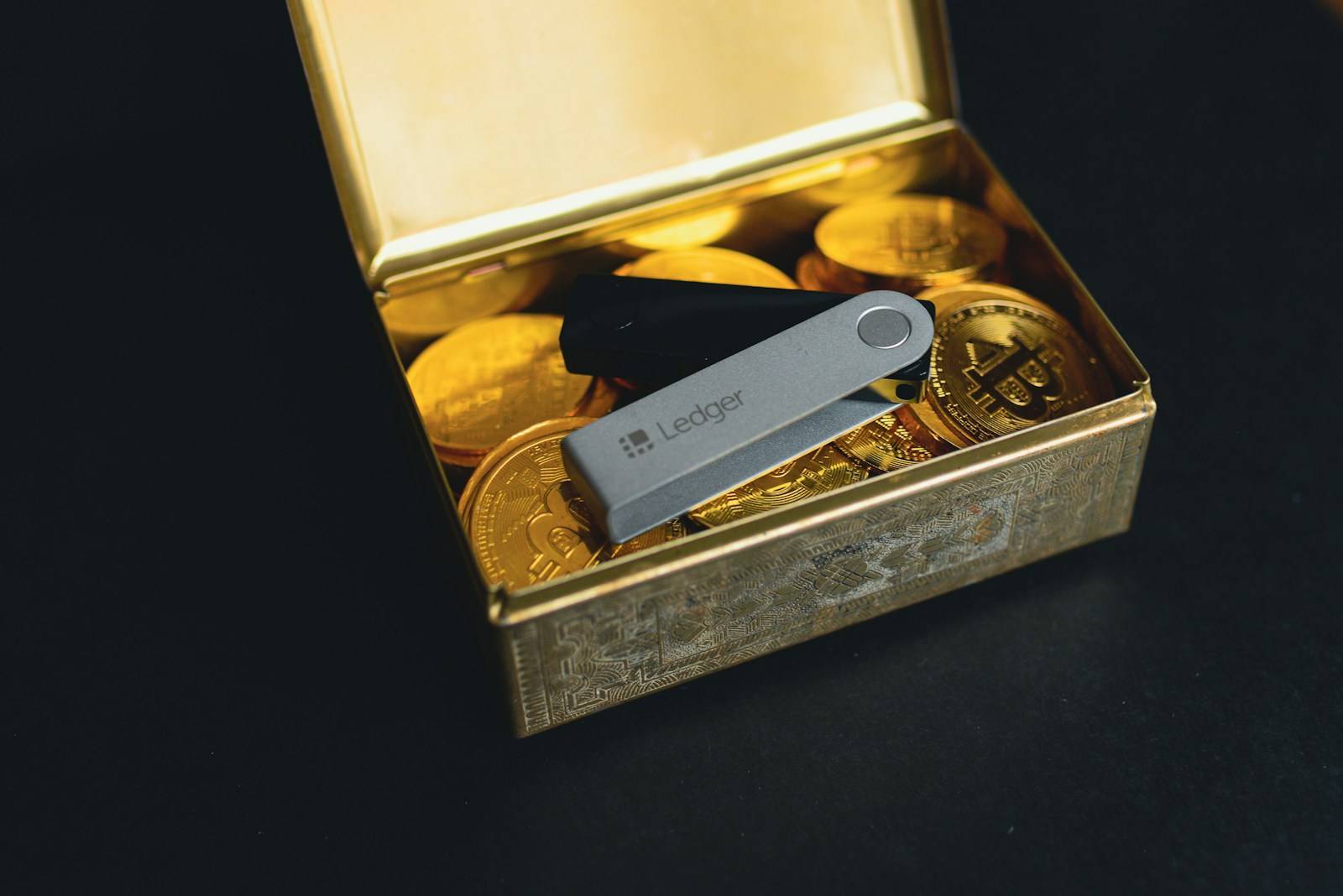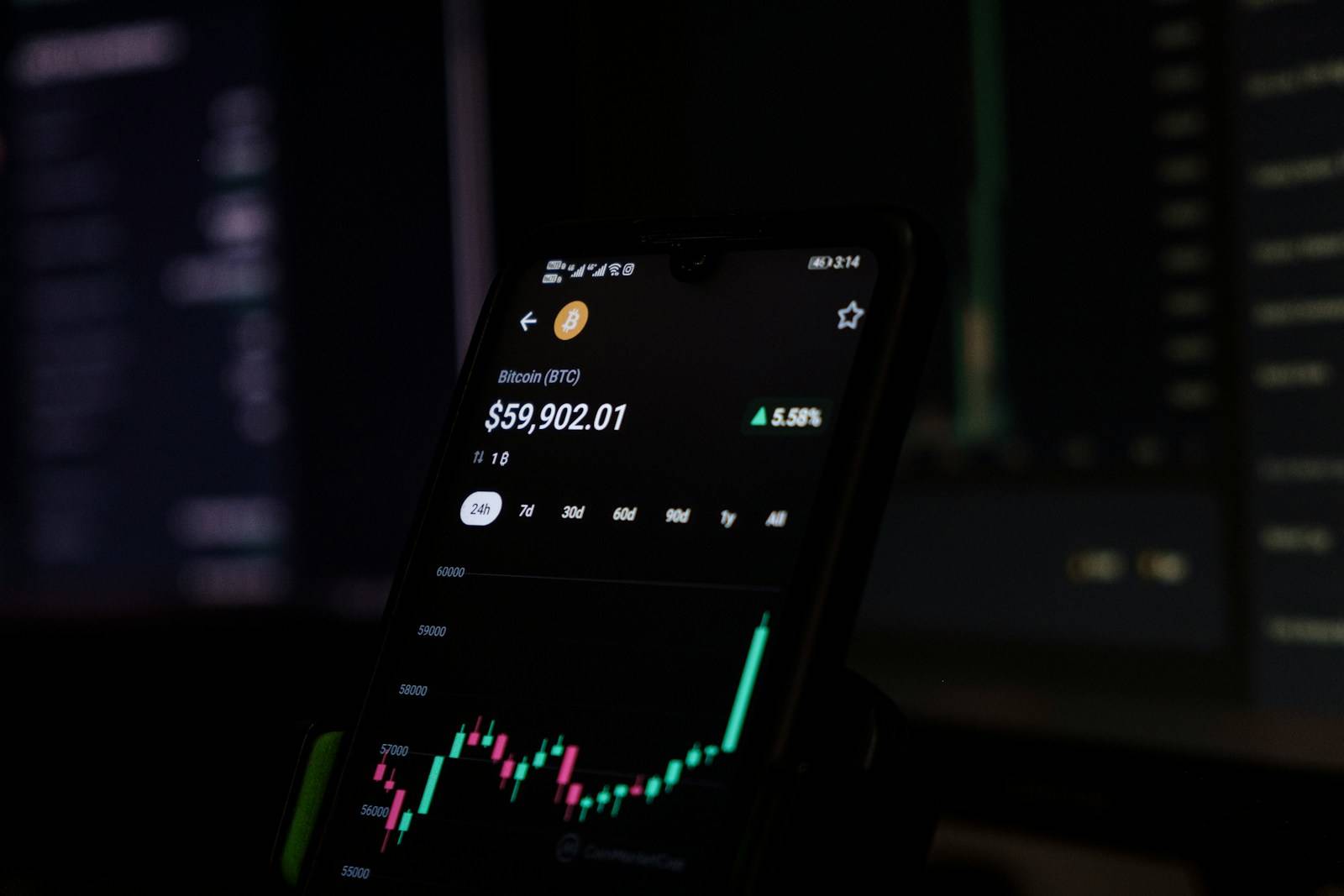Introduction
In the world of cryptocurrency, security is everything. But how do digital transactions remain secure in an environment where everything is online and decentralized? The answer lies in cryptographic keys. Public and private keys form the backbone of blockchain security, enabling safe transactions and protecting digital assets. Whether you’re a beginner or an experienced crypto enthusiast, understanding these keys is crucial to managing your cryptocurrency safely.
In this guide, we’ll break down everything you need to know about public and private keys, including how they work, why they’re important, and the best practices for keeping them secure.
What Are Public and Private Keys?
The Basics of Cryptographic Keys
Public and private keys are cryptographic tools used in blockchain networks to secure transactions. These keys are generated together and function as a pair:
- Public Key: A publicly shared address that others can use to send cryptocurrency to you.
- Private Key: A secret key known only to the owner, used to access and manage crypto assets.
This system ensures that while anyone can send cryptocurrency to your public address, only you can access or transfer those funds using your private key.
How Are Public and Private Keys Generated?
Cryptographic keys are generated using algorithms like Elliptic Curve Digital Signature Algorithm (ECDSA). When a new wallet is created, the system generates a private key first. From that private key, a corresponding public key is derived using cryptographic functions. The process is one-way, meaning the public key can be derived from the private key, but the private key cannot be determined from the public key.
How Do Public and Private Keys Work?
The Role of Encryption in Crypto Transactions
Public and private keys are part of asymmetric encryption, a process that ensures only the rightful owner of a cryptocurrency wallet can access and control funds. When a transaction occurs, the following process happens:
- A sender initiates a transaction to a recipient’s public key.
- The transaction is signed with the sender’s private key to confirm authenticity.
- The blockchain network verifies the signature to ensure the sender has the right to spend the funds.
- The transaction is recorded on the blockchain, and funds are transferred securely.
The Relationship Between Public and Private Keys
Think of public and private keys like an email system:
- Your public key is like your email address, which anyone can use to send you messages (or cryptocurrency).
- Your private key is like your email password—only you should have access to it to read messages or send emails.
The Importance of Private Keys in Crypto Security
Why Keeping Your Private Key Safe is Essential
Your private key is the ultimate access key to your cryptocurrency. If someone gains access to it, they can steal your funds. Unlike traditional banking systems, there’s no way to recover lost or stolen crypto if your private key is compromised.
Common Ways People Lose Their Private Keys
- Phishing Scams: Hackers trick users into revealing their private keys.
- Malware Attacks: Keyloggers and viruses can steal private key information.
- Loss of Key Storage: If a private key is written on paper or stored on a device that gets lost, access to the funds is permanently lost.
- Exchanges Hacks: Keeping funds on centralized exchanges means you don’t have control over your private keys.
How to Secure Your Public and Private Keys
Best Practices for Private Key Security
- Use a Hardware Wallet: Store your private key in an offline hardware wallet like Ledger or Trezor.
- Write It Down: Keep a physical copy of your private key stored in a secure location.
- Avoid Digital Storage: Do not save your private key in plain text on your computer or cloud storage.
- Enable Multi-Signature Authentication: Require multiple keys to authorize transactions, adding an extra layer of security.
- Use a Secure Password Manager: If you must store your key digitally, use a password manager with strong encryption.
Public Key Security Measures
While public keys can be shared freely, they should still be handled securely:
- Use a new public key for each transaction when possible.
- Be cautious of address poisoning scams, where hackers generate similar-looking addresses to trick users.
- Avoid exposing public keys unnecessarily, as they can sometimes be linked to private information.
Real-World Examples of Public and Private Key Use
Bitcoin Transactions
When you receive Bitcoin, the sender uses your public key to direct funds to your wallet. When you want to spend Bitcoin, you sign the transaction with your private key, proving ownership.
Smart Contracts and Decentralized Apps
Public and private keys also play a crucial role in smart contracts, enabling users to interact with decentralized applications (DApps) securely. These contracts automatically execute transactions when conditions are met, requiring digital signatures from private keys.
Non-Fungible Tokens (NFTs)
NFT ownership is also tied to private keys. When you buy an NFT, it is stored in your crypto wallet, and only the person with the corresponding private key can transfer or sell it.
Key Takeaways
- Public and private keys are essential for secure cryptocurrency transactions.
- Your private key should never be shared; it grants access to your funds.
- Using hardware wallets and multi-signature authentication can enhance security.
- Understanding cryptographic keys is fundamental to managing crypto assets safely.
- Best practices like avoiding digital storage and using a password manager help protect your assets.
Conclusion
Public and private keys are at the heart of blockchain security. Whether you’re buying Bitcoin, trading Ethereum, or using smart contracts, understanding how these keys work is crucial. By implementing best security practices, you can ensure your digital assets remain safe.
Have questions about securing your cryptocurrency? Share your thoughts in the comments below!

